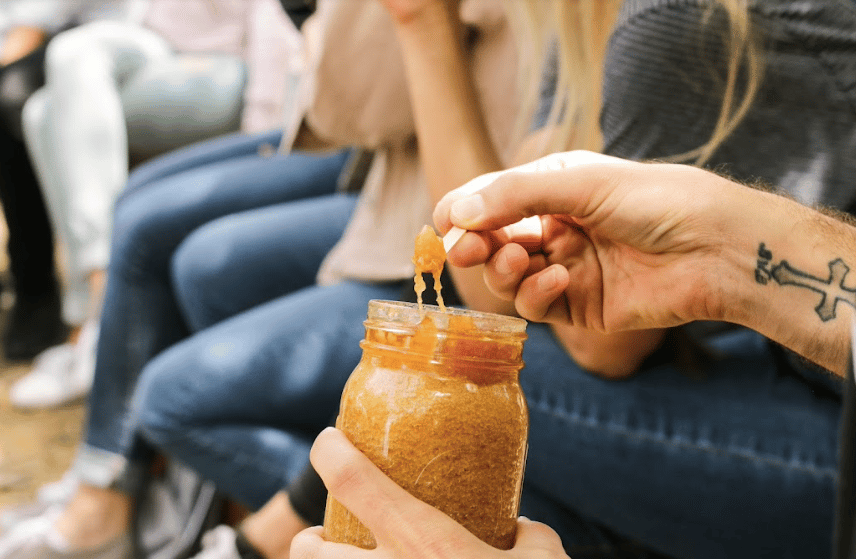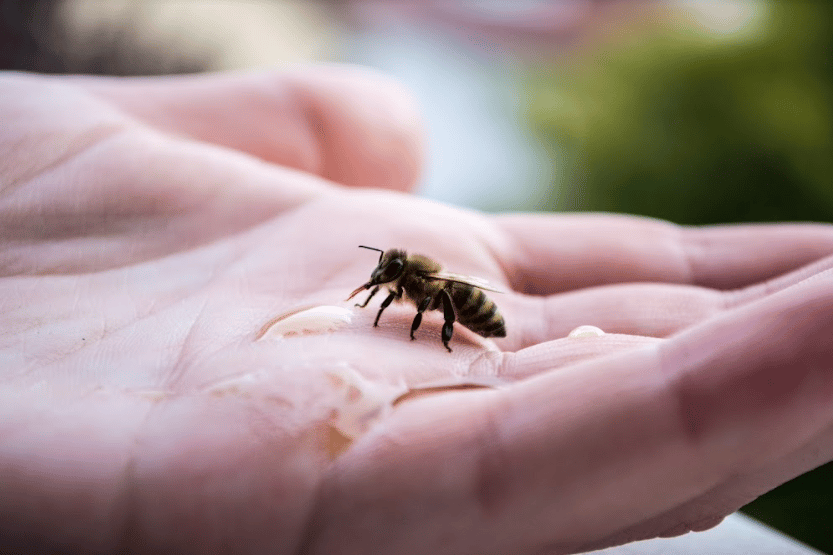Do you know that honey can be preserved for thousands of years? This ‘nectar from heaven’ has been found in many places of the ancient world; archaeological sites that have been discovered throughout the 21st century. Among the most famous there is Pharoah King Tut’s tomb in Egypt (stored honey for 3,000 years), the Araña cave paintings in Spain (stored honey for 8,000 years); and a tomb site that belonged to an important chief or leader of the Martkopi and Bedeni people in the Republic of Georgia (stored honey for 4,300 years). What is interesting is that all these honey pots can be still eaten today! As a matter of fact, because of the presence of antimicrobials, honey can remain preserved in a completely edible form and can last even longer than humans. One could ostensibly dip into a thousand-year-old jar of honey and enjoy it, without preparation, as if it were a day old.
But how this is possible?
The answer is as complex as honey’s flavor, you don’t get a food source with no expiration date without a whole slew of factors working in perfect harmony:
- The first element that makes it possible is the chemical composition of the honey itself. Honey is sugar, and sugars, according to science, are hygroscopic which means that they contain very little water in their natural state. Honey in its natural form is very low moisture and very few bacteria or microorganisms can survive in such an environment. Basically, with such an inhospitable environment, organisms can’t survive long enough within the jar of honey to have the chance to spoil it.
- The second characteristic that makes it last this long is its natural acidity. This sugar has a pH that falls between 3 and 4.5, approximately, and that acid will kill off almost anything. Bacteria and spoil-ready organisms look elsewhere for a ‘home’ since the life expectancy inside of honey is just too low.
However, honey isn’t the only hygroscopic food source in the world. Molasses, for example, which comes from the by-product of cane sugar, is extremely hygroscopic and acidic – though less than honey. And yet, although it may take a long time, eventually molasses will be spoiled. So why does one sugar solution spoil, while the first last indefinitely? The answer is that, in the case of honey, the solution enters bees.
Nectar, the basic substance collected by bees to make honey, is naturally very high in water – anywhere from 60-80 percent, but through the process of making honey, the bees play a large part in removing much of this moisture by flapping their wings to literally dry out the nectar. Furthermore, bees have an enzyme in their stomachs called glucose oxidase. When they regurgitate the nectar from their mouths into the combs to make honey, this enzyme mixes with the nectar, breaking it down into two by-products: gluconic acid and hydrogen peroxide. The hydrogen peroxide ultimately functions as a barrier that works against all the bad bacteria and organisms that could possibly grow.
In conclusion, these amazing features led honey to be used for centuries and throughout history as a medicinal remedy and this is the reason why we still find it today in ancient tombs and caves. It is so thick that rejects any kind of growth and contains hydrogen peroxide, which creates the perfect barrier against infection in wounds. Just think, that the earliest recorded use of honey for medicinal purposes comes from Sumerian clay tablets, which state that honey was used in 30 percent of prescriptions. Honey after all looks really ‘nectar from heaven’!

